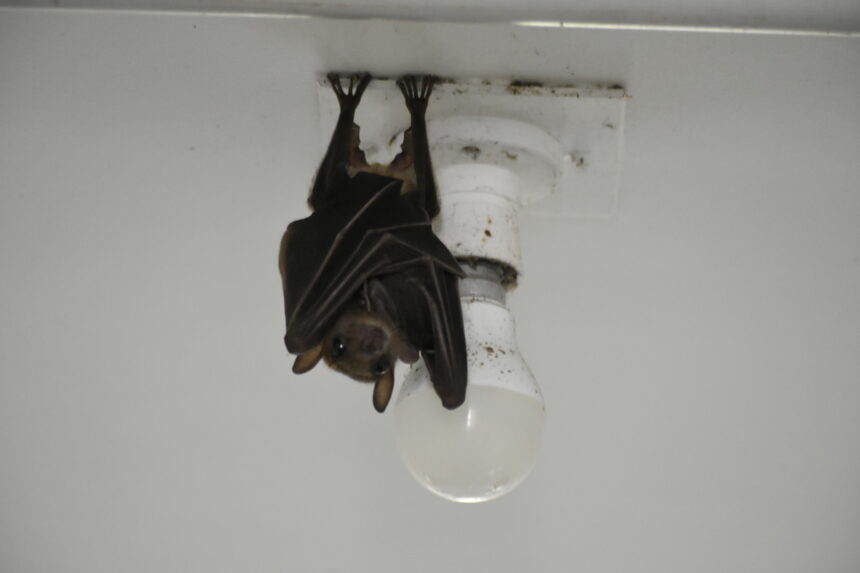Fruit bats are any of the numerous tropical bat species that belong to the Pteropodidae family. They have other names such as ‘megabats’ or ‘old world fruit bats’. The 65 species from the genus Pteropus that populate tropical islands from Australia, Indonesia, and Madagascar, as well as mainland Asia, are known as flying foxes because their heads look similar to those of foxes. Fruit bats are commonly found in the ‘old world” (hence the name), that is, from Africa to Asia and Australia, as well as throughout islands in the Indian and Pacific Oceans.
Fruit bats are important food providers for the people of tropical regions. They are also eaten by some species of animals in the region. They are very small, but their appetites can make them large. Some of the largest species weigh over 2 pounds, and the weight varies from one individual bat to another. The wing span is usually 40 to 50 centimetres (16 to 20 inches), and the ears are about one centimetre (0.4 inch) long with a 1-centimetre (0.4 inch) gap. The face and ears resemble those of a fox, and the canine teeth are on the upper and lower jaws. The tail is absent almost completely, and the second finger has sharp claws. The diet of fruit bats is mainly composed of the juice of ripe fruits. While the African species find their food on the ground, the flying foxes in Asia and Australia fly up to 100 metres to find their food. When they eat fruit, due to special enzymes in urine and saliva, as well as extra stomach compartments, they are able to ferment the fruits and make them more nutritious. Fruit bats consume over half their body weight when eating.
Most megabats are highly social species and are able to efficiently communicate with each other by creating a variety of sounds that include bleat-like calls, honking, and trill-like bursts of sound. They are also able to identify one another from a distance by odour. Species within the family Pteropodidae produce a variety of calls, which are produced through different parts of the body and include biological communication signals for calling, defence, territoriality, and nest building. The most common form of communication used by a bat is airborne vocalisation. Some species have frequencies ranging from 200 to 8000 Hz, while others have pressures that range from 0 to 20000 Pa (100 to 2000 bar).
Approximately one quarter of all megabat species with critically endangered, endangered, or vulnerable status are listed as threatened by the International Union for Conservation of Nature (IUCN). Human activity poses a significant threat to fruit bats, including hunting, which directly threatens fruit bat populations and habitat loss due to deforestation, mining, and construction. The IUCN has also noted that disease can be a significant threat to species, especially with the arrival of new diseases.








